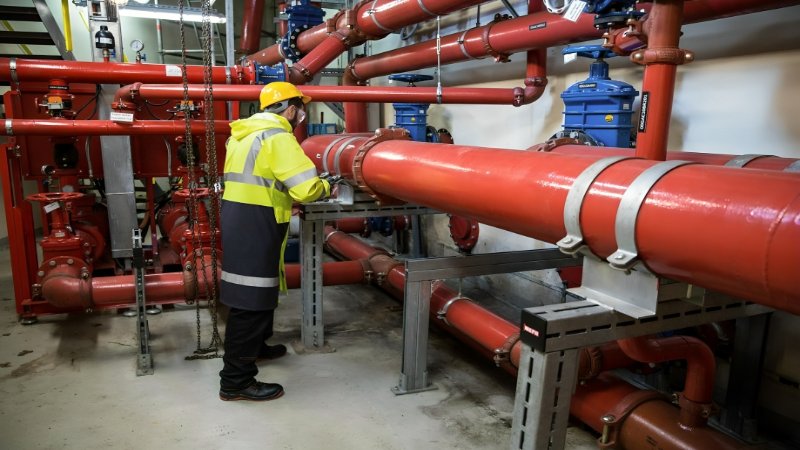In the technological sector, piping design is a foundational discipline that ensures safe and reliable transport of fluids across various industries. Whether supporting power plants, chemical plants, industrial facilities, or large-scale water treatment operations, engineered piping systems form the backbone of critical processes.
- Essential Elements of High-Performance Piping Systems
- Engineering Principles Behind Reliable Process Piping
- Integration of Piping Components With Advanced Equipment
- Digital Tools and Modern Pipework Design
These networks must comply with piping standards, standard codes, and strict federal regulations to maintain long-term operational safety.
Essential Elements of High-Performance Piping Systems
Effective piping engineering involves strategically selecting key components like valves, fittings, expansion joints, pipe supports, and specialized process equipment. This careful selection ensures the system operates reliably under varying conditions.
Engineers must consider material compatibility, operating temperature, pressure, corrosion risks, and potential hazards. Materials such as carbon steel, stainless steel, and advanced alloys enable systems to handle demanding conditions while supporting efficient fluid flow and reliable operation.
Effective piping design is essential for ensuring that complex industrial systems operate safely, efficiently, and in full compliance with engineering standards.
Engineering Principles Behind Reliable Process Piping
In complex environments like process plants, petrochemical facilities, and manufacturing plants, process piping must manage thermal expansion, chemical exposure, and mechanical stress. These factors are critical for maintaining system stability and safety.
Correct pipe size, calculated pipe diameters, and optimized flow rate help maintain stable performance. Continuous analysis, routine inspection, and preventive maintenance are essential to prevent damage, minimize leaks, and extend equipment lifespan.
Integration of Piping Components With Advanced Equipment
Modern systems depend on seamless interaction between steel pipes, heat exchangers, pumps, and other key components. In high-demand operations—such as the distribution of fire suppression fluids or chemicals—applicable codes ensure that every element of the system is engineered to withstand extreme conditions.
Mechanical and process engineers collaborate closely to ensure that all parts operate safely and efficiently in one cohesive network.
Digital Tools and Modern Pipework Design
Contemporary pipework design relies heavily on modeling software that simulates thermal expansion, load behavior, and pressure variations. Centralizing data in one location improves project coordination, reduces fabrication errors, and enhances construction planning.
This digital approach supports cost-effective operations and strengthens quality control throughout installation and ongoing system operation.
Final Thoughts
Modern piping design systems must adhere to industry standards, codes, and federal regulations to ensure long-term operational safety and reliability.
By integrating advanced components and digital tools, industries can create piping systems that operate efficiently, safely, and cost-effectively. As industrial systems continue to evolve, advanced piping design will play a key role in meeting future challenges.
The effective design of industrial piping systems not only supports the safe transport of fluids but also contributes to the overall success of industrial operations.
Engineers must continue to leverage the latest digital tools, adhere to engineering standards, and focus on seamless integration to ensure the safety, efficiency, and reliability of these vital systems.
